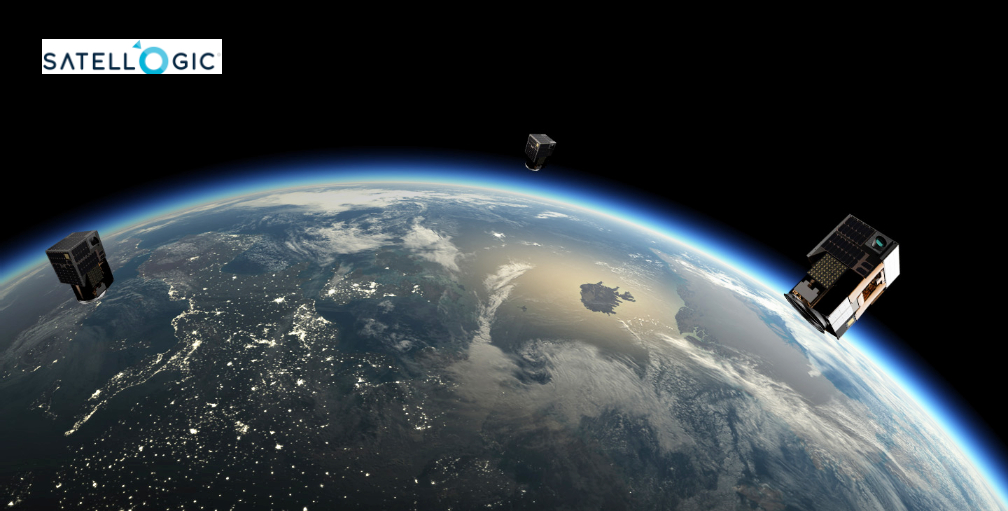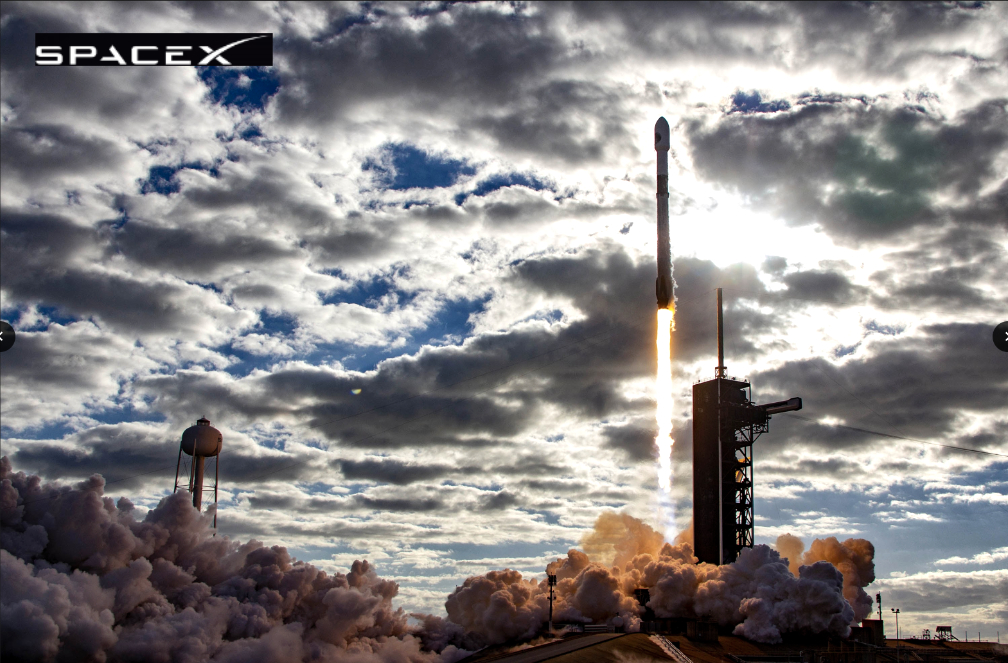
Satellogic has announced a Multiple Launch Services Agreement (MLA) with SpaceX — through this agreement, SpaceX becomes Satellogic’s preferred vendor for rideshare missions.

The first launch, scheduled for June 2021, will deliver Satellogic satellites to LEO via a Falcon 9 rocket.
This agreement with SpaceX will enable Satellogic to maintain and extend their position as the global leader in high-resolution, high-frequency geospatial analytics. Satellogic expects to complete the initial buildout of their Earth Observation Constellation by the end of 2022. At that point the company will have the capacity to deliver weekly, high-resolution coverage of the entire landmass of the planet. Through a series of rideshare launches over the next two years and beyond, the company will be moving from weekly to daily world remaps by 2025 with more than 300 microsatellites in orbit.
Both Satellogic and SpaceX have a vertically integrated approach. Satellogic builds their own spacecraft, manages an entire constellation, and performs data analyses, creating efficiencies that drive down the cost of geospatial analytics at an order of magnitude far beyond that of their competitors. Similarly, SpaceX’s ownership over the entire development process for their rockets has enabled new advances in launch technology. Falcon 9’s reusability allows SpaceX to refly the most expensive parts of the rocket, driving down the cost of space access.
This partnership puts Satellogic in a unique position to capitalize on SpaceX’s competitive rideshare program and frequent launch schedule. By securing SpaceX as their preferred partner for rideshare missions, Satellogic will be able to accelerate the time between satellite development and deployment. This accelerated timeline will allow Satellogic to continue to rapidly expand their in-orbit capacity, while also increasing revisit capabilities to monitor the planet on a high-frequency basis, serving customers at the right price.
With Satellogic’s collection capacity and unit economics, the company is poised to democratize Earth Observation (EO) imagery by massively expanding their capacity to serve large verticals including agriculture, energy, forestry, insurance, telecommunications and financial services, among others. Satellogic provides a disruptive and compelling economic use case to current users of EO imagery, as well the ability to simplify the image collection process, eventually replacing considerably less efficient technologies and solutions such as drones, helicopters, planes, and boots-on-the-ground manpower.
After completing three launches in 2020, Satellogic’s in-orbit capacity now enables access to up to four daily revisits of any point of interest and the collection of more than 4 million sq. km per day in high-resolution data. This industry-leading capacity expands access to sub-meter imagery for both Satellogic Solutions and Dedicated Satellite Constellations (DSC) customers. Further, Satellogic’s robust capacity and today’s MLA with SpaceX represents a new and exciting phase in Satellogic’s growing relationship with the US government and commercial partners and customers.
“What SpaceX has accomplished through their agile launch schedule is a perfect complement to our own business model at Satellogic — which prioritizes the ability to iterate quickly at every stage of development, as well as quickly deploy updated capabilities to our customers,” said Alan Kharsansky, VP of Mission Engineering and Operations at Satellogic. “As the global leader in high-resolution, high-frequency data collection from space, this partnership enables us to continue to grow our fleet at an aggressive pace that matches the increased demand for geospatial insights across industries.”
“Satellogic’s business model makes them the ideal partner for SpaceX’s rideshare missions. SpaceX’s frequent launch schedule means that Satellogic’s end customers will get the latest satellite technology as soon as it’s ready to launch,” said Tom Ochinero, Vice President of Commercial Sales at SpaceX. “We’re excited to support Satellogic’s ambitions to democratize access to geospatial analytics.”
